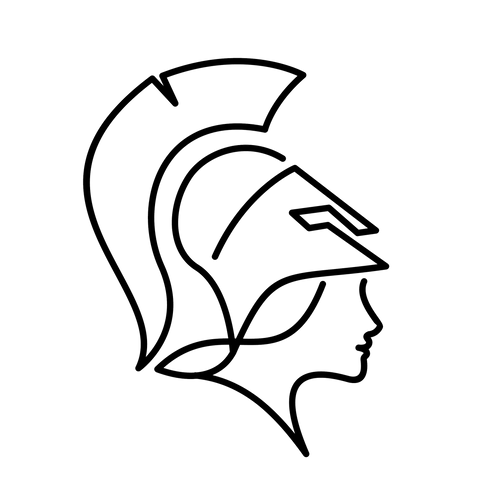Antique Nautical Flags Bracelet
A spectacular antique bracelet comprising twenty-six nautical flags finished in colourful vitreous enamel and crafted in 15 carat gold. Made in England, circa 1916, the flags featured are from an old version of the International Code of Signals published in Brown' Signalling, 18th Edition, February, 1916 (pages 9-28) whereby Charlie, Delta, Echo, Foxtrot, and Golf were pennants corresponding to more modern numeral pennants 1, 2, 3, 4, and 5 (otherwise the letters appear to correspond to the more modern formats). Each flag represents a letter of the alphabet, and also has its own "special meaning": B is also used as a "powder" flag by vessels having explosives on board; C is an "affirmative" flag denoting "yes" (with D meaning "no"); L is a "plague flag" and states "I have or had some dangerous, infections disease on board"; and P, hoisted separately, indicates that the vessel is about to set sail. These are just to broad strokes, too. Indeed, there were many more meanings and messages - around 70,000 in total - that could be communicated via flaghoist signalling. There was a practical Examination, "by means of the Signal Book, Flags, and Models, with which the Examiners are furnished. The Candidate, to enable him to master the important points which he might be called upon to answer, should be familiar with the following:--" The International Code of Signals
In the early days of sail, ships would communicate from afar using a primitive form of signal flags. The emphasis here is very much on the word primitive, as illustrated by one admiral's instructions to his fleet in 1530:
"Whensoever, and at all tymes the Admyrall doth shote of a pece of Ordnance, and set up his Banner of Council on Starrborde bottocke of his Shippe, everie shipps capten shall with spede go aborde the Admyrall to know his will."
The mid-17th century saw the invention of maritime signal flags by the then-Duke of York (who would go on to become James II of England), and his system was augmented and improved a number of times over the next hundred years. The next evolution was a numerary system created in 1790 by Admiral Lord Howe, who issued a new signal book that used numeral flags to indicate specific messages. This system was again improved, this time by a merchant captain - Frederick Marryat - who published A Code of Signals for the Merchant Service in 1817 which comprised six parts of large numbered lists:
- A list of English Men of War.
- A list of foreign Men of War.
- A list of the English Merchant Vessels (from Lloyd's List).
- A list of Lighthouses, Ports, Headlands, Rocks, Shoals, Reefs &c.
- A selection of Sentences.
- The Vocabulary.
Marryat's code became hugely popular and was translated into several languages before being renamed The Universal Code of Signals for the Mercantile Marine of All Nations. Various other codes were also published, but all were ultimately replaced by the Commercial Code of Signals, published by the British Board of Trade in 1857, which eventually became the International Code of Signals still used today.
Era: Edwardian, circa 1916
Length: 7.5 inches
Marks: Stamped 15CT
Condition: Great antique condition; minor enamel loss to one or two of the flags
Full appraisal document provided with each item.
This includes a valuation for insurance purposes, item specifics, date, and origins (where applicable).
Gemstones are tested by an accredited gemmologist (Cert GA, Gemmological Association of Great Britain).
Shipping
UPS Express shipping is free of charge on international orders over £300 and it's carbon offset
Tracked and insured with signature on delivery
RM Special Delivery (UK domestic)
US Shipments
US Customs charges a 10% "Reciprocal Tariff" on all parcels coming in from the UK.
We will pay this charge on your behalf and you will see it collected as a line item at checkout.
[Last updated: September 15th, 2025]
Resizing
Ring sizing is available on most rings
£55 flat fee
Resizing takes 7-14 days
Leave a note at checkout with your desired size
Note: sizing may remove some of the patina (although we take every care to reduce this where possible)
Layaway
25% deposit taken to secure the item. The remaining balance will be settled in 90 days. You can pay installments weekly, monthly, or the full balance at the end - whatever works.
Condition
We offer detailed and accurate condition reports on each listing. These pieces are antique, vintage, or pre-loved and often over 100 years old so they're going to have lived a life. A healthy patina and the odd scuff or scrape is quite normal... it's part of their charm! Everything we present has been checked over by our jeweller and should be good for wear for many years to come (unless otherwise stated) but please remember to treat them with appropriate care and consideration for their age.
Buying a Gift?
Leave a note at checkout and we'll include a handwritten note to the recipient. Just tell us what you'd like to say :)
More Questions?
Get in touch... There's a live chat at the bottom right of the page.
info@lostowl.com









